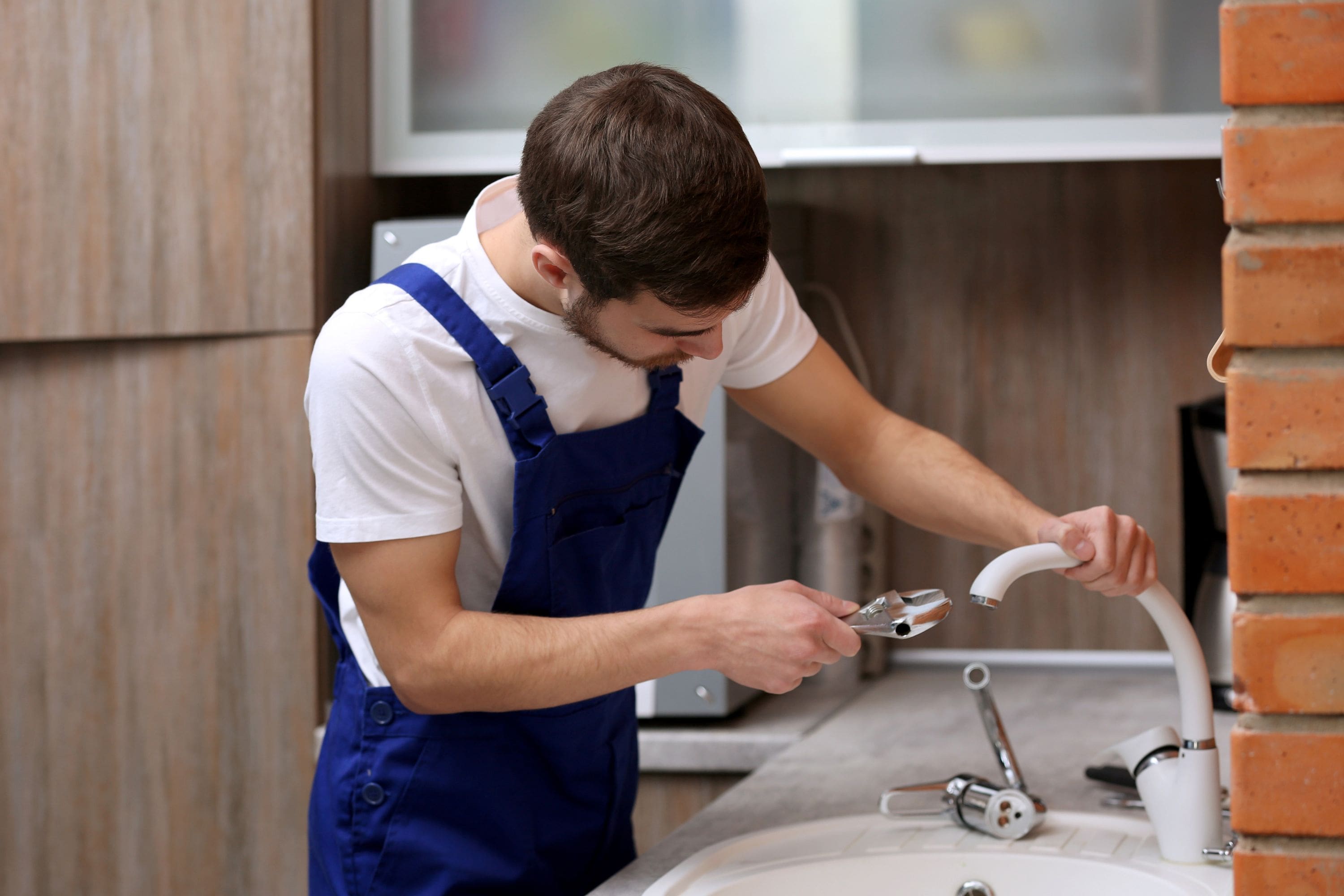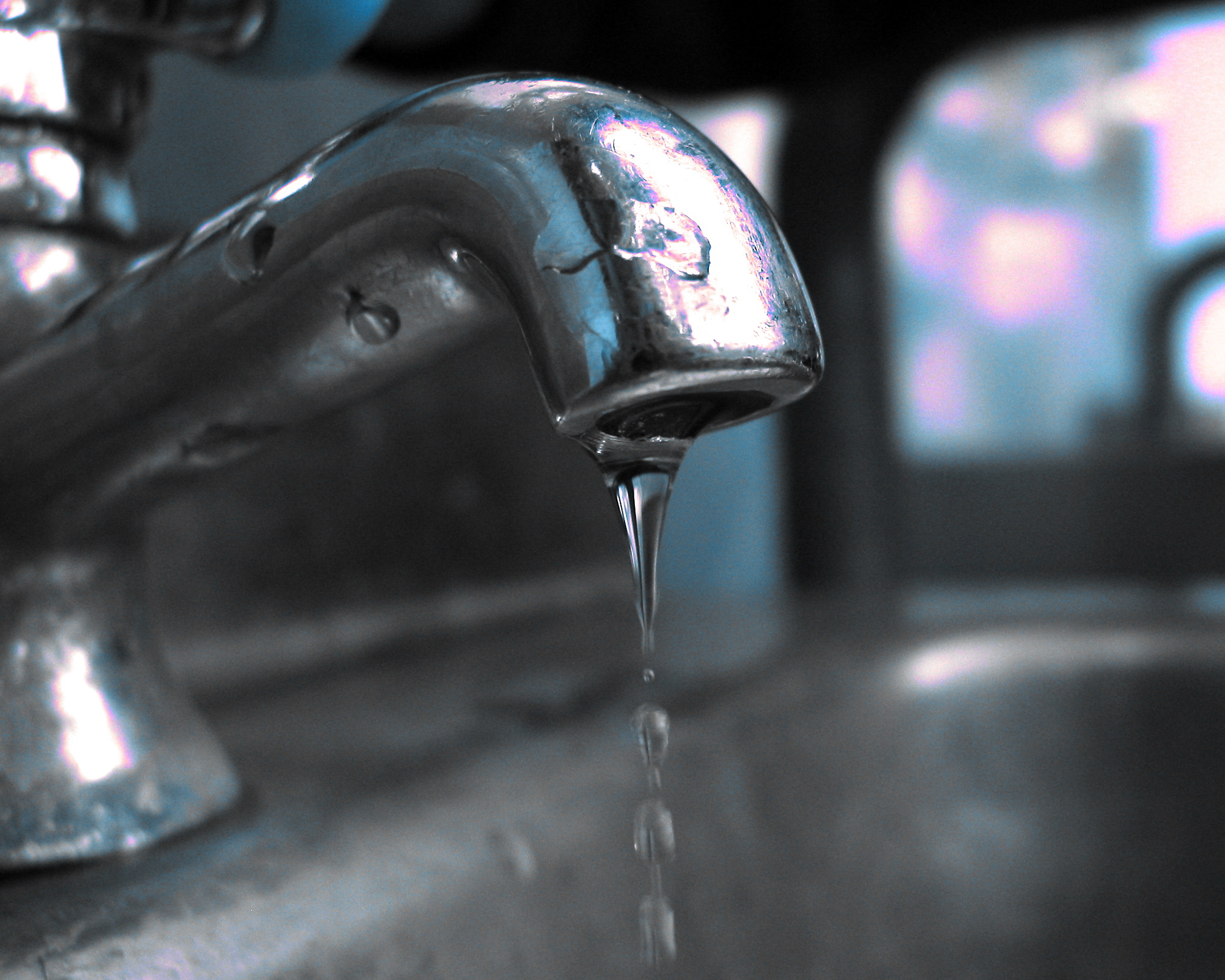They are making a number of great annotation relating to Water Dripping from Faucet: Why and How to Fix in general in the article further down.

Dripping taps might appear like a small hassle, yet their impact exceeds simply the annoyance of the noise. From drainage to sustaining unnecessary financial expenses and wellness threats, ignoring a leaking faucet can cause numerous effects. In this post, we'll explore why it's critical to resolve this common house issue promptly and efficiently.
Wastefulness of Water
Ecological Effect
Dripping taps add dramatically to water wastefulness. According to the Environmental Protection Agency (EPA), a single tap dripping at one drip per second can throw away greater than 3,000 gallons of water per year. This not just stress water resources yet likewise affects ecological communities and wild animals depending on them.
Step-by-Step Guide to Fixing a Dripping Faucet
Devices Required
Prior to trying to fix a leaking tap, gather the essential devices, consisting of an adjustable wrench, screwdrivers, replacement components (such as washing machines or cartridges), and plumber's tape.
Usual Faucet Issues and Their Solutions
Determine the kind of tap and the details concern causing the drip. Common problems include worn-out washers, corroded valve seats, or defective O-rings. Refer to producer directions or on the internet tutorials for step-by-step assistance on repair work.
Financial Expenses
Enhanced Water Bills
Beyond the ecological influence, trickling taps can pump up water bills substantially. The collected wastage over time converts right into higher energy expenditures, which might have been avoided with prompt repair services.
Potential Home Damage
Additionally, prolonged trickling can result in harm to components and surfaces surrounding the tap. Water accumulation can trigger staining, corrosion, and also structural problems if left unattended, causing additional repair service costs.
Health and wellness Concerns
Mold and Mold Development
The continuous visibility of moisture from a dripping tap develops a suitable environment for mold and mildew development. These fungis not just compromise indoor air quality however likewise present wellness threats, particularly for individuals with breathing problems or allergic reactions.
Waterborne Conditions
Stationary water in trickling taps can come to be a breeding place for microorganisms and various other microorganisms, enhancing the danger of waterborne diseases. Contaminants such as Legionella microorganisms grow in stationary water, potentially resulting in major diseases when ingested or breathed in.
DIY vs. Professional Fixing
Benefits and drawbacks of Do It Yourself Repair Work
While some might attempt to fix a trickling faucet themselves, do it yourself repair work come with their very own set of obstacles. Without proper expertise and tools, do it yourself attempts can worsen the concern or result in insufficient repair work, lengthening the problem.
Benefits of Working With an Expert Plumber
Working with a professional plumber guarantees that the underlying source of the trickling faucet is dealt with successfully. Plumbers possess the know-how and tools to diagnose and repair faucet issues efficiently, saving time and lessening the threat of more damages.
Ecological Duty
Private Payment to Conservation
Taking obligation for repairing dripping faucets straightens with more comprehensive initiatives towards water conservation and environmental sustainability. Every person's activities jointly make a substantial effect on protecting precious resources.
Sustainable Living Practices
By focusing on punctual repair services and taking on water-saving behaviors, individuals add to sustainable living methods that benefit both existing and future generations.
Safety nets
Routine Upkeep Tips
To avoid dripping faucets, execute routine maintenance such as cleaning aerators, checking for leakages, and replacing worn-out parts without delay. Furthermore, take into consideration installing water-saving devices or upgrading to a lot more effective components.
Relevance of Prompt Repairs
Dealing with leaking faucets as soon as they're observed stops additional water waste and prospective damage, eventually saving both water and money in the long run.
Impact on Residential Property Worth
Understanding of Well-Maintained Residential Or Commercial Property
Maintaining a home in good condition, including resolving maintenance issues like trickling faucets, boosts its viewed worth and desirability amongst potential purchasers or tenants.
Impact on Resale Value
Features with well-kept plumbing components, including faucets, command greater resale values in the realty market. Resolving dripping taps can add to a positive impact during home examinations and negotiations.
Final thought
Resolving a dripping faucet exceeds plain ease; it's an essential step toward conserving water, decreasing financial expenses, and guarding health and home. Whether via do it yourself repairs or professional support, doing something about it to repair leaking faucets is a little yet impactful method to advertise accountable stewardship of sources and add to a healthier, a lot more lasting future.
How to Fix a Leaky Faucet: Step-by-Step Repair Guide
A leaky faucet may seem like a simple annoyance, but if it's not fixed promptly, that leak could cost hundreds to potentially thousands. From water damage to mold, mildew, and high water bills, even a tiny leak can be catastrophic if left unattended. Damage like this can even affect the overall value of your home, so it's important to take the right approach for leaky faucet repair. You may need the help of a plumber in some cases, but we've got a few tips you can try on how to fix a leaky faucet before calling the pros.
Four Faucet Types
When you're learning how to fix a leaky faucet, the first step is knowing what kind of faucet you're working with! There are four common types.
Cartridge Faucets
Cartridge faucets come in one- or two-handled varieties. In one-handled cartridge faucets, hot and cold water combines in a single cartridge. In the two-handled versions, hot and cold water are controlled separately and mixed in the faucet.
Ball Faucets
Ball faucets have a single lever you push up and down to adjust the pressure and rotate to change the temperature. A slotted metal ball controls the amount of water allowed into the spout.
Compression Washer Faucets
They're the oldest type of faucet, but they're still used in many homes — especially older ones. Compression faucets have two separate handles that, when turned, raise or lower the washer that seals a water valve. This valve stops water from flowing through the faucet when it is turned off.
Disc Faucets
Disc faucets rarely need to be repaired due to their maintenance-free design. The water flow is controlled by two discs — the upper one raises and lowers against a fixed lower disc, creating a watertight seal. If your disc faucet starts leaking, you may need to replace the seals or clean residue buildup from the inlets.
Fixing a Leaky Faucet
Step 1: Turn Off the Water
Whether you're learning how to fix a leaky bathtub faucet or how to fix a leaky kitchen faucet, always turn off the water supply to your working area when you're fixing a leak. The last thing you want is a flood added to your list of things to fix.
Look for the shutoff valves below your sink or around the tub and turn them clockwise to stop the water flow. If your faucet doesn't have shutoff valves, you may need to turn off the water for the whole house. Check to make sure it's off by turning the faucet on. If nothing comes out, you're ready to start the repair.
Step 2: Take Apart the Faucet
How you disassemble your faucet depends on the type of fixture you have. You can use a flathead screwdriver to remove the caps on top of the handle or handles for cartridge and compression faucets. Inside, you should see handle screws. Unscrew these with a screwdriver to remove the handle.
Disc- and ball-style faucets will typically have an inlet screw near the handle, and removing that will reveal the interior of the faucet.
Detach the Valve Stem
For cartridge- and compression-style faucets, you'll see the inner valve stem or cartridge once you remove the faucet handles. If you have a compression faucet, unscrew the brass valve stem. If you have a cartridge faucet, pull out the cartridge. If your cartridge has been in place for a while, it may require some tools or extra force to remove it due to mineral deposits.
Examine and Replace Parts
Once you've removed the parts, check them out to confirm what needs to be replaced. You may see corroded rubber washers, O-rings, stems, or cartridges. On a ball-style faucet, check the seats and springs for damage.
If you need to repair a leaky disc faucet, check the inlet and seals on the lower disc.
Once you determine what parts must be replaced, visit your local hardware store. Bring the damaged parts with you to ensure you can purchase the correct components to replace them.
Clean Valves and Faucet Cavity
If you've removed a stem or cartridge, you may notice mineral buildup in the faucet's threads. Use white vinegar to clean the valve seat by soaking it for a few minutes, then scrub it away with a soft toothbrush and rinse with warm water. You can also clean the interior of the faucet in the same way.
Reassemble the Faucet
Once your faucet is cleaned and the required parts have been replaced, it's time to reassemble it. Put the pieces back together and slowly turn the water supply back on. Doing this slowly is crucial because too much initial water pressure can damage the new hardware you've just installed.
https://homewarranty.firstam.com/blog/how-to-fix-leaky-faucet

I'm very taken with Should I Repair or Replace a Leaky Faucet? and I'm hoping you liked the blog entry. Are you aware of somebody else who is inquisitive about the topic? Feel free to share it. Many thanks for your time. Come back soon.